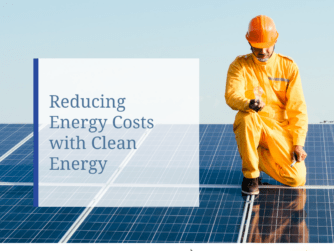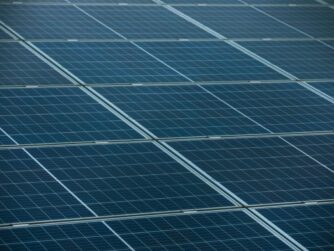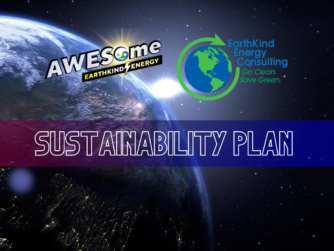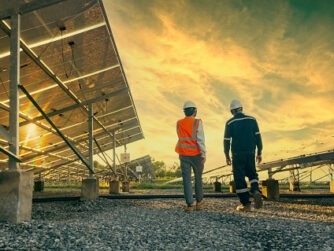Burning any type of fossil fuel – whether it’s oil, coal, natural gas, propane, or wood -provides energy efficiencies that are significantly less than 100% efficient. A brand-new high-tech gas burner can reach efficiencies in the 97% range. But with older systems – and with hot water during the summer – energy efficiency drops dramatically, sometimes wasting 1/3rd to 2/3s of the energy we’re paying for.
Heat pumps create heat with dramatically better efficiencies.
Virtually everyone has a least one type of heat pump — our refrigerator and freezer. Heat pumps use compression and expansion to move heat from one location (inside the box) to the outside via heat dispersion coils.
An air conditioner is another type of heat pump that moves the heat from inside our buildings to the outside air. An Air Source Heat Pump is an Air Conditioner that reverses that process during the winter to move heat from the outside air into our buildings. Cold Climate Heat Pumps can now concentrate heat even when the air temperature is as low as minus 15 F.
The energy efficiency of an Air Source Heat Pump is 200-300%. Since we start with the temperature of the air, for every unit of electricity we put into the system, we get 2 to 3 units of heating and cooling out.
A Ground Source — or Geothermal — Heat Pump does the same thing. But, instead of starting with the ambient air temperature, a Geothermal Heat Pump sends a fluid into pipes underground where the earth’s constant temperature (of ~55 F in the northeast US) is transferred and returned to our utility rooms.
The same type of Heat Pump compression and expansion then bumps the temperature up to provide hot water year-round and heat during the winter – or starts with the 55-degree temperatures to cool our homes during the summer.
Geothermal Heat Pumps provide efficiencies of 400 to 500%. For every unit of electricity put into a ground source heat pump, we get 4 to 5 units of heating and cooling out.
Geothermal systems tap into the largest heat storage system in the world – right under our feet. For billions of years, the earth has been absorbing 47% of the sun’s energy that reaches the ground. The planet’s constant temperature just a few feet underground can meet all our heating, cooling, and hot water needs — with a minimum amount of energy to move that heat in or out of our buildings.
There are 2 types of Geothermal. In the western United States and Hawaii, Geothermal electric power plants use steam from hot water reservoirs a few miles below the earth’s surface. That steam rotates turbines in generators that produce electricity. While California & Nevada are the biggest generators of geothermal electricity in the country, the Big Island of Hawaii gets 25% of their electricity from geothermal electricity power plants.
But everywhere else in the US, Geothermal refers to Ground Source Heat Pumps – the most efficient technology for heating, cooling, and creating hot water.
Geothermal –can provide savings up to 70% less than traditional fossil fuel technologies.
Saint Patrick’s Cathedral – one of the best know icons in New York City – has Geothermal. The geothermal wells reach 2000’ down into the Manhattan bedrock. The system was the LEAST cost option for this historic building- AND it is saving more than 30% a year in energy costs.
The AWESome EarthKind Podcast features a geothermal series. In the “Power of Earth with Comfort“ podcast, you can hear how New York State utilities provide cash incentives for their customer’s transition to clean heat.
In another episode, you will also hear from a homeowner about why they decided to move to geothermal, and how they now have a clean, healthy, comfortable, sustainable, and economic geothermal heating and cooling system in their home.
Listen on your favorite podcast platform or go to www.AWESomeEarthKind.com.








